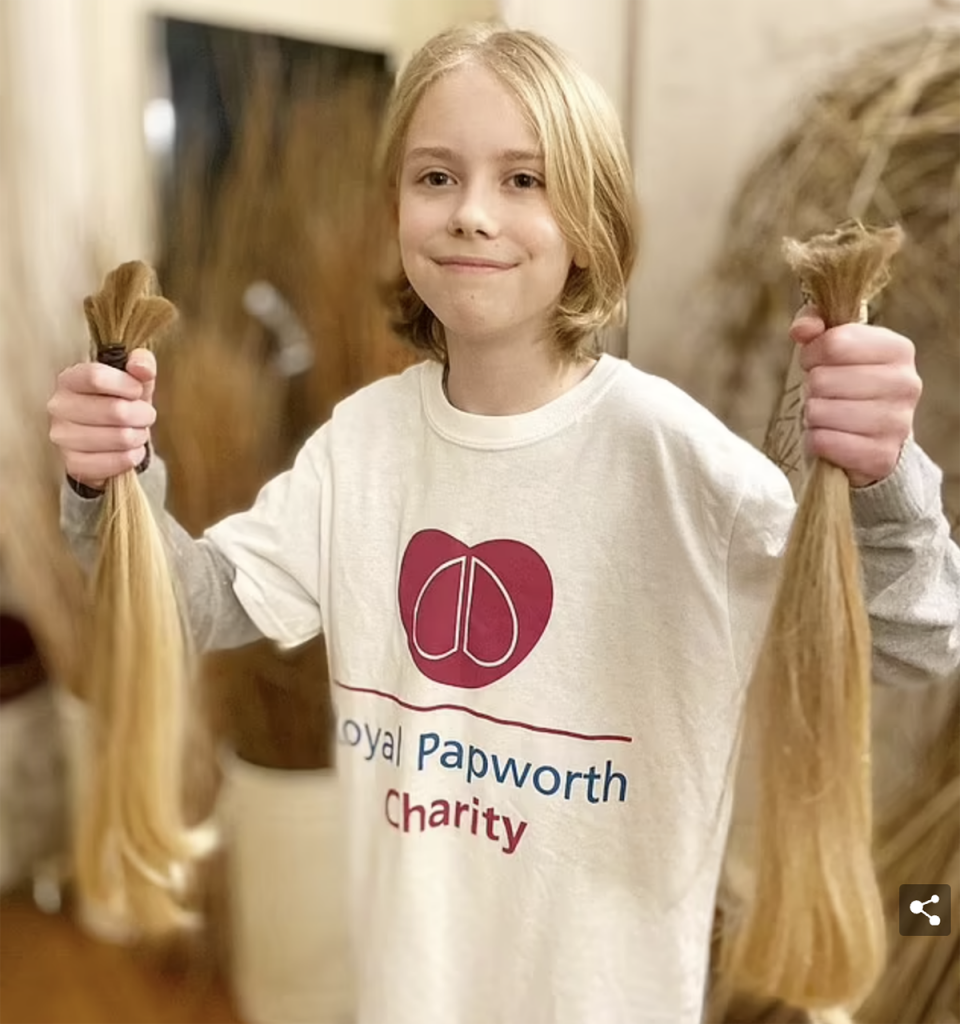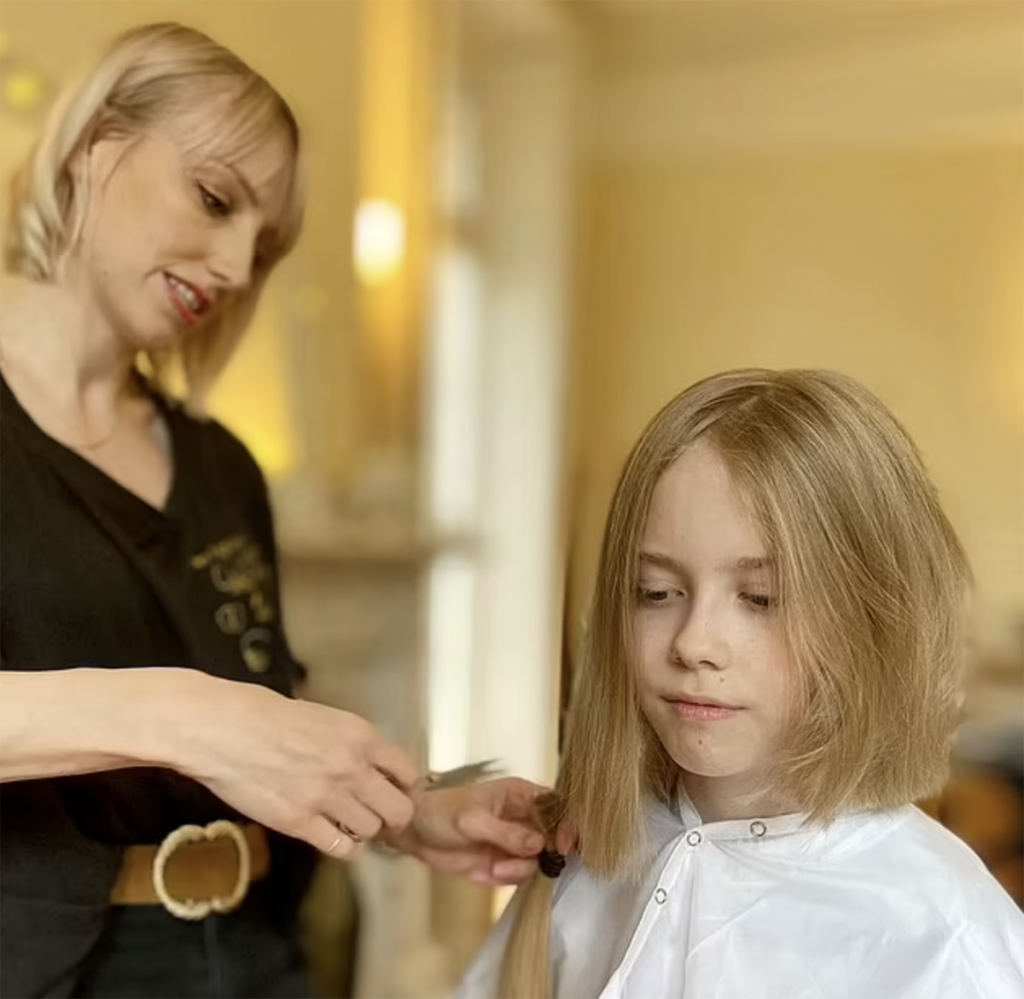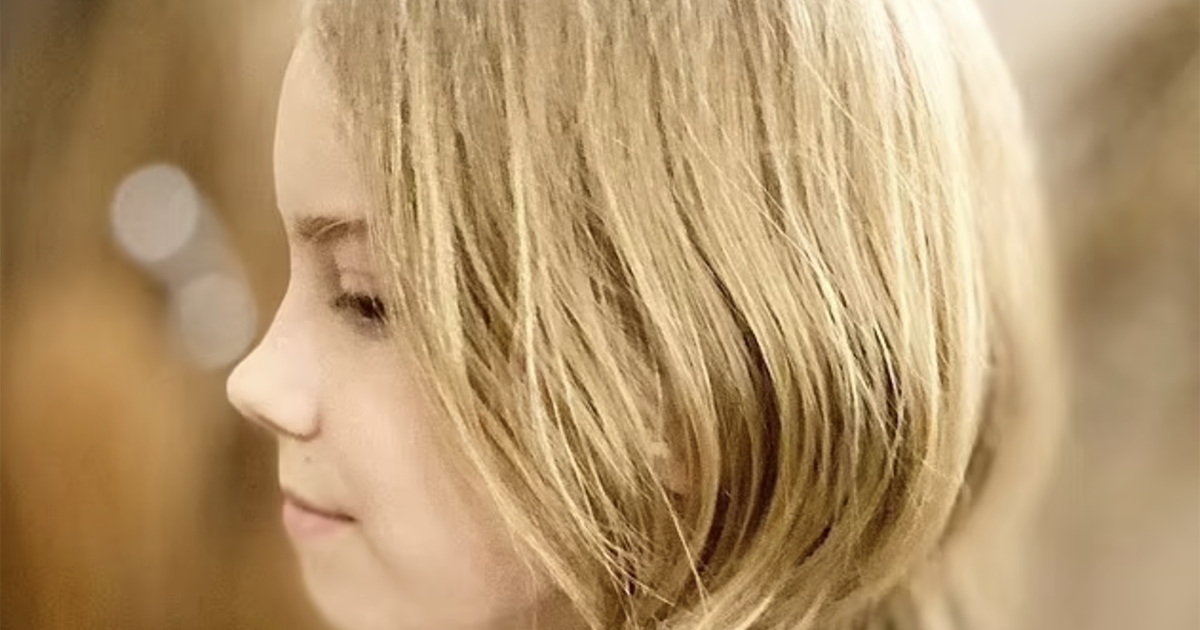Coping With Hair Loss
- An 11-year-old boy whose hair had never been cut decided to chop off his long, blonde locks for a good cause after his mother was diagnosed with early-stage lung cancer.
- While it may seem like just a small act of kindness, donating your hair to make wigs for cancer patients can be life-changing for them. Lots of people identify closely with their hair, so if they are diagnosed with cancer and go through treatment that causes hair loss, that can be devastating.
- There are a great deal of resources available for people coping with hair loss, such as scarves, wigs and cooling caps to slow down the process and mitigate hair loss effects.
Eli McGee, from St. Ives, Cambridgeshire, England, cut a whopping 16 inches of hair off and donated it to The Little Princess Trust, a cancer charity in the United Kingdom that provides real hair wigs, free of charge, to children and young people who have lost their own hair through cancer. The haircut also raised money for the hospital that treated his mother's cancer.
Read More

"I think Eli saw the hospital's amazing care and that's why he was inspired to raise the money," Becky tells the Daily Mail. "He was probably starting to get a bit annoyed with his hair anyway, it was getting in the way."

How to Cope With Losing Hair During Cancer Treatment
While it may seem like just a small act of kindness, donating your hair to make wigs for cancer patients can be life-changing for them. Lots of people identify closely with their hair, so if they are diagnosed with cancer and go through treatment that causes hair loss, that can be devastating.
There are a great deal of resources available for people coping with hair loss, such as scarves, wigs and cooling caps to slow down the process and mitigate hair loss effects. But some cancer patients and survivors have opted to embrace their hair loss, and bravely sport a bald head while out in public.
Chemotherapy Side Effects Hair Loss
Vivian Ruszkiewicz, a nurse practitioner with OhioHealth, a not-for-profit system of hospitals and health care providers in Columbus, Ohio, previously told SurvivorNet that hair loss is one of the more "distressing" side effects of chemotherapy.
She adds that hair loss is "one of the things that people can see from the outside that people may know that you are ill and that poses a lot of stress for patients."
There are a large number of chemotherapy treatments that cause hair loss, but not all of them, she says; others cause hair thinning. Ruszkiewicz stresses that if you are concerned about your hair, talk to your doctor or nurse practitioner about what to expect from your chemotherapy treatment.
She says that some people who only experience partial hair loss still choose to wear a wig, like many people who lose their hair completely, before chemotherapy so that they are prepared, and so "they can feel more like themselves" during treatment.

Ruszkiewicz says that hair loss begins about three to four weeks after your first chemotherapy treatment; you could start to see some hair regrowth about four to six weeks after your last treatment.
"Then it will kind of continue from there, as long as you aren't being treated with another medication that might cause hair loss," she says. "But in general, most people do have a resumption of hair growth, and can slowly over time put away their wigs and scarves, and are able to kind of go back to what they expected in terms of their hair growth."
In other words, remember that hair loss is temporary!
Coming to Terms With Hair Loss
Just as it is important to try to make peace with your cancer diagnosis, it is important to make peace with losing your hair. To do this, some patients will sport wigs or scarves, while others embrace their baldness.
San Jose resident Teri Chow was 44 years old when she was diagnosed with ovarian cancer, and she knew she would eventually lose her hair while undergoing chemotherapy. In order to prepare her family, she decided to cut her hair into a short bob. However, as expected, she started losing her hair.
How Ovarian Cancer Survivor Teri Chow's Wig (& Humor) Helped Her Cope With Hair Loss
"I think it was shortly after the second round of chemo, so that would've been about four weeks after starting chemo, (my hair) started to fall out," Chow says. "It was coming out in the shower (and) it was coming out just combing (my) hair."
Some people may choose to shave their head as a way to avoid watching their hair fall out, but instead, Chow decided to start wearing a wig. For her, it was a humorous experience, especially since many people did not even realize she was wearing one.
"In fact at the school, the other moms at the school didn't realize that I was going through this and they would compliment me on the wig and not knowing it was a wig," Chow says with a laugh.
Contributing: SurvivorNet staff reports
Learn more about SurvivorNet's rigorous medical review process.


